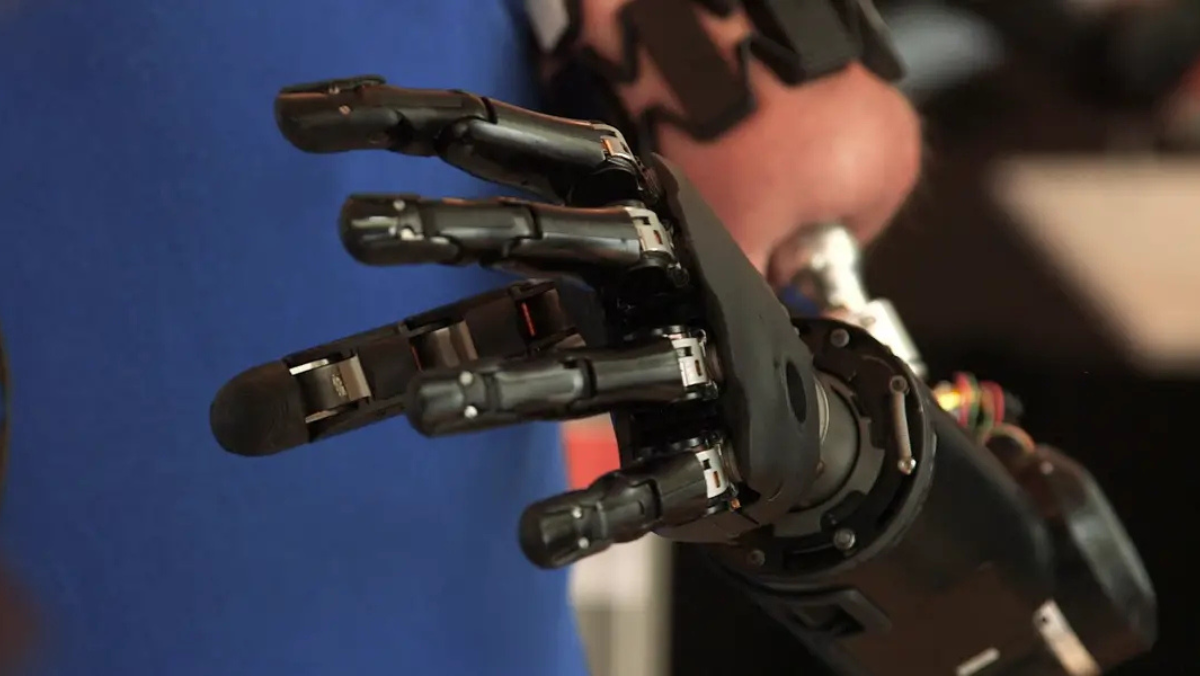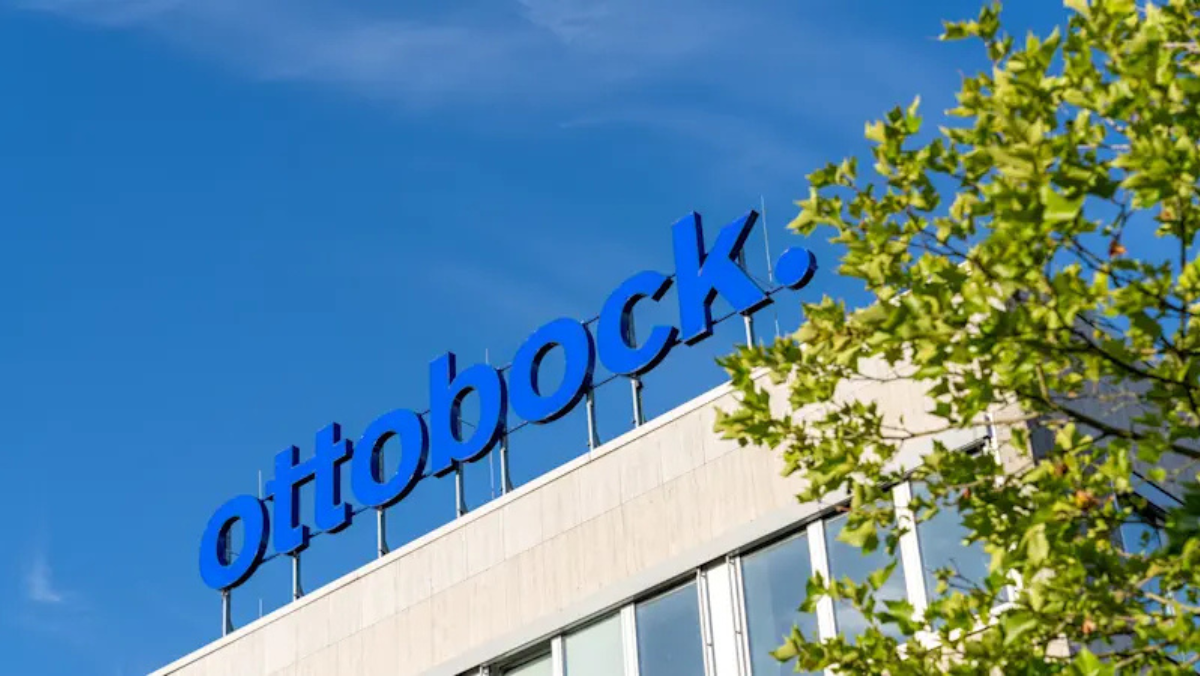INSIGHTS
How Close Are Prosthetics to Feeling Natural?
Phantom Neuro gains DARPA backing as prosthetic makers chase more intuitive AI control
24 Nov 2025

A new round of neurotechnology research is reshaping the US prosthetics and robotics sector, with start-ups such as Phantom Neuro drawing interest from public agencies and established manufacturers seeking more intuitive limb-control systems.
Phantom Neuro has secured support from the US Defense Advanced Research Projects Agency through its Commercial Strategy Office, underscoring rising demand for more precise and responsive prosthetic movement. The company is developing a small implant intended to strengthen the link between a user’s intent and the motion of an artificial limb. Human implants remain under development, but early studies have shown potential. In one non-implant test, the system recorded 94 per cent accuracy in decoding muscle signals, pointing to a possible route toward more natural control.
Clinicians say this work comes as users express dissatisfaction with traditional surface sensors, which often require repeated calibration. A rehabilitation specialist involved in early testing said users want artificial limbs to “function like a natural part of the body rather than a device that demands constant management.”
Established groups are also adjusting their strategies. Ottobock’s recent investment in Phantom Neuro reflects how legacy manufacturers are positioning themselves around emerging control technologies. Zimmer Biomet and other companies continue to widen their robotics portfolios, linking surgical tools, rehabilitation devices and AI-enabled software into more integrated platforms.
Sector analysts note that these efforts could shorten recovery periods and improve long-term outcomes if future clinical evidence supports current findings. Cost, insurance coverage and patient acceptance of implant-based systems remain significant obstacles, however.
Even with these constraints, researchers and investors are cautiously hopeful that sustained funding and forthcoming study results will guide broader adoption. The trajectory suggests that next-generation US prosthetics may deliver experiences that feel more natural and closely aligned with each user’s movement and intent.
Latest News
24 Nov 2025
How Close Are Prosthetics to Feeling Natural?20 Nov 2025
What Will the New Robot Rules Spark Next?17 Nov 2025
Smarter Limbs Ahead: Neurotech’s $19M Leap13 Nov 2025
The Rise of the Thinking Prosthetic
Related News

INSIGHTS
24 Nov 2025
How Close Are Prosthetics to Feeling Natural?

REGULATORY
20 Nov 2025
What Will the New Robot Rules Spark Next?

INVESTMENT
17 Nov 2025
Smarter Limbs Ahead: Neurotech’s $19M Leap
SUBSCRIBE FOR UPDATES
By submitting, you agree to receive email communications from the event organizers, including upcoming promotions and discounted tickets, news, and access to related events.